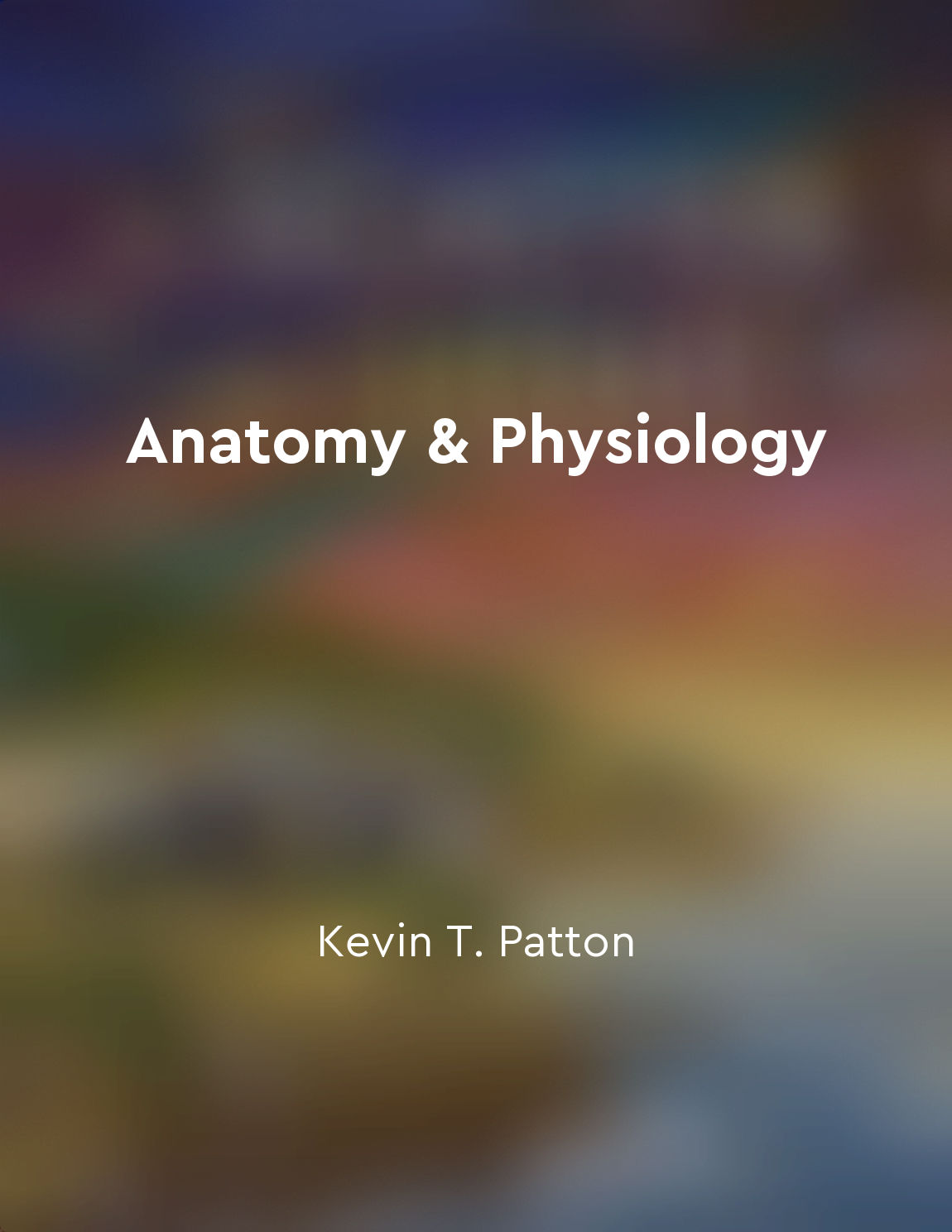Muscles work in tandem with bones to facilitate movement from "summary" of Anatomy & Physiology by Kevin T. Patton
The interaction between muscles and bones is essential for movement within the human body. Muscles are connected to bones through tendons, and when muscles contract, they pull on the attached bones, causing movement. This relationship allows for the body to perform a wide range of movements, from the simplest tasks like walking to more complex actions like playing sports or dancing. Muscles are made up of muscle fibers that contain proteins called actin and myosin. When a muscle receives a signal from the nervous system to contract, these proteins interact, causing the muscle to shorten and generate force. This force is then transmitted through the tendons to the bones, resulting in movement at the joints. Bones serve as the framework for the body and provide attachment points for muscles. Without bones, muscles would have nothing to pull against, and movement would not be possible. Additionally, bones protect vital organs and provide support for the body's weight. The shape and structure of bones also play a role in determining the range of motion at a joint. The coordination between muscles and bones is controlled by the nervous system, which sends signals to the muscles to contract or relax in response to stimuli. This communication allows for precise movements and adjustments to be made to maintain balance and stability. The feedback loop between the nervous system, muscles, and bones is crucial for smooth and efficient movement. In summary, muscles and bones work together in a coordinated manner to facilitate movement in the human body. The contractile properties of muscles generate force that is transmitted through tendons to bones, resulting in movement at the joints. The nervous system plays a key role in coordinating this interaction, allowing for precise control of movements. This interconnected system is essential for everyday activities and is fundamental to the functioning of the human body.Similar Posts
Yoga for mindbody connection and relaxation
Yoga is a practice that can help us deepen our mindbody connection and promote relaxation. When we engage in yoga, we are not j...

Brain games can be beneficial in moderation
Brain games, such as puzzles and memory exercises, have gained popularity in recent years as a way to improve cognitive functio...
Embrace your individuality and uniqueness
Embracing your individuality and uniqueness is a fundamental aspect of self-care and overall wellness. It involves accepting an...
Healing begins with selfawareness
To start the healing process, it is necessary to first become aware of ourselves. This means truly understanding our own though...
Emotions influence brain function
Emotions play a crucial role in shaping our brain function. When we experience emotions, such as fear or joy, our brain respond...
Incorporate movement into your routine for vitality
Movement is essential for our overall well-being. It is not just about exercise, but about incorporating movement into our dail...

